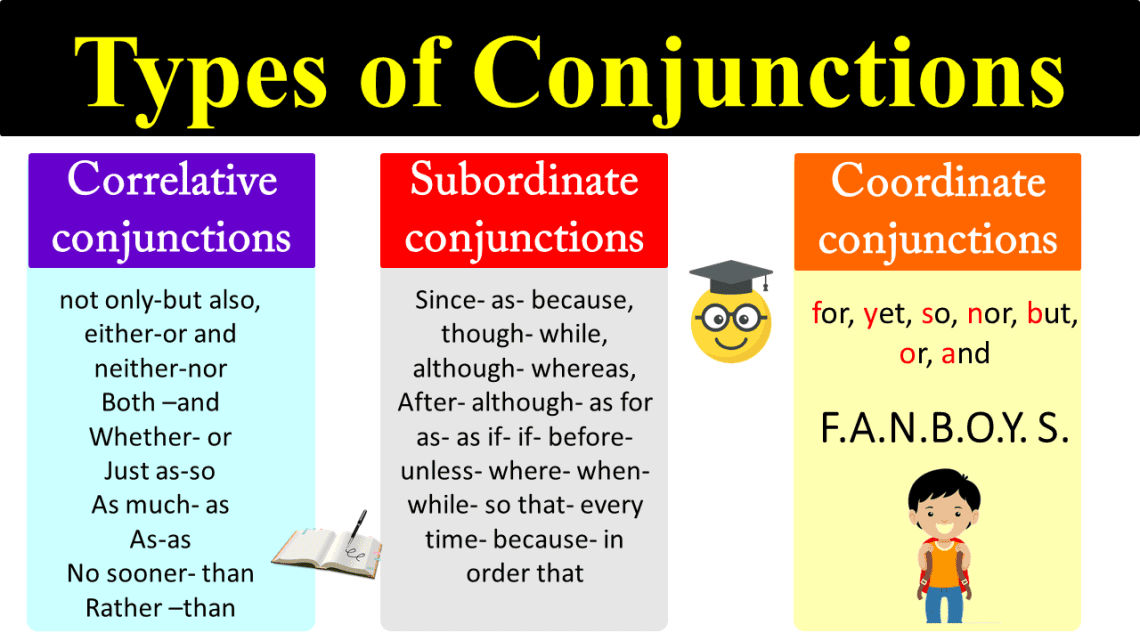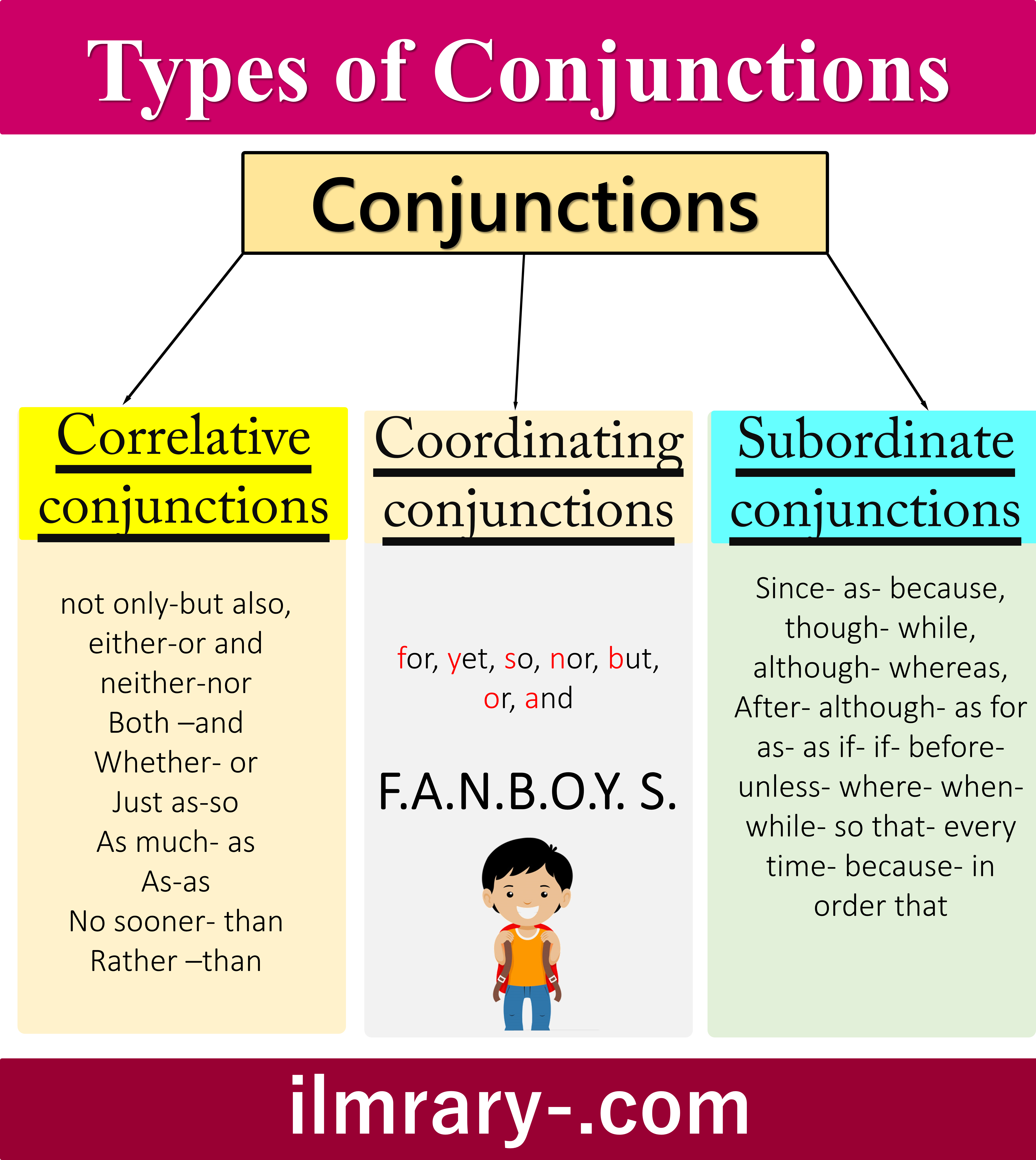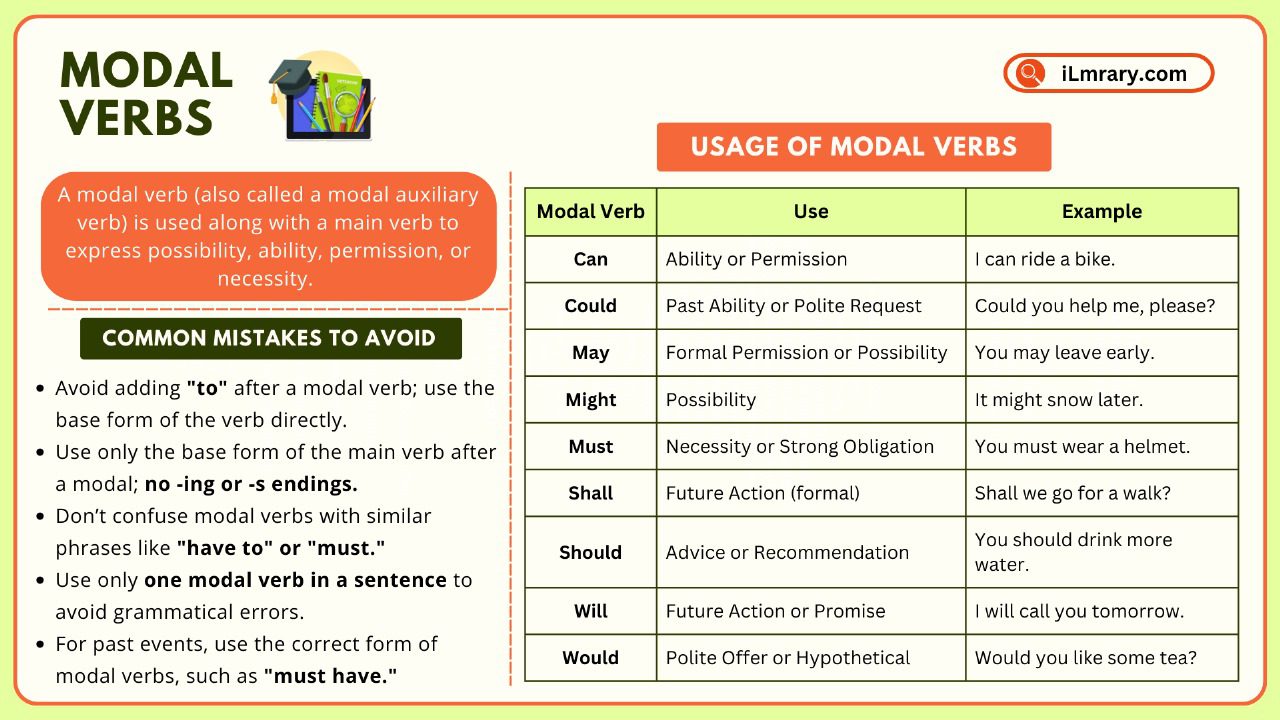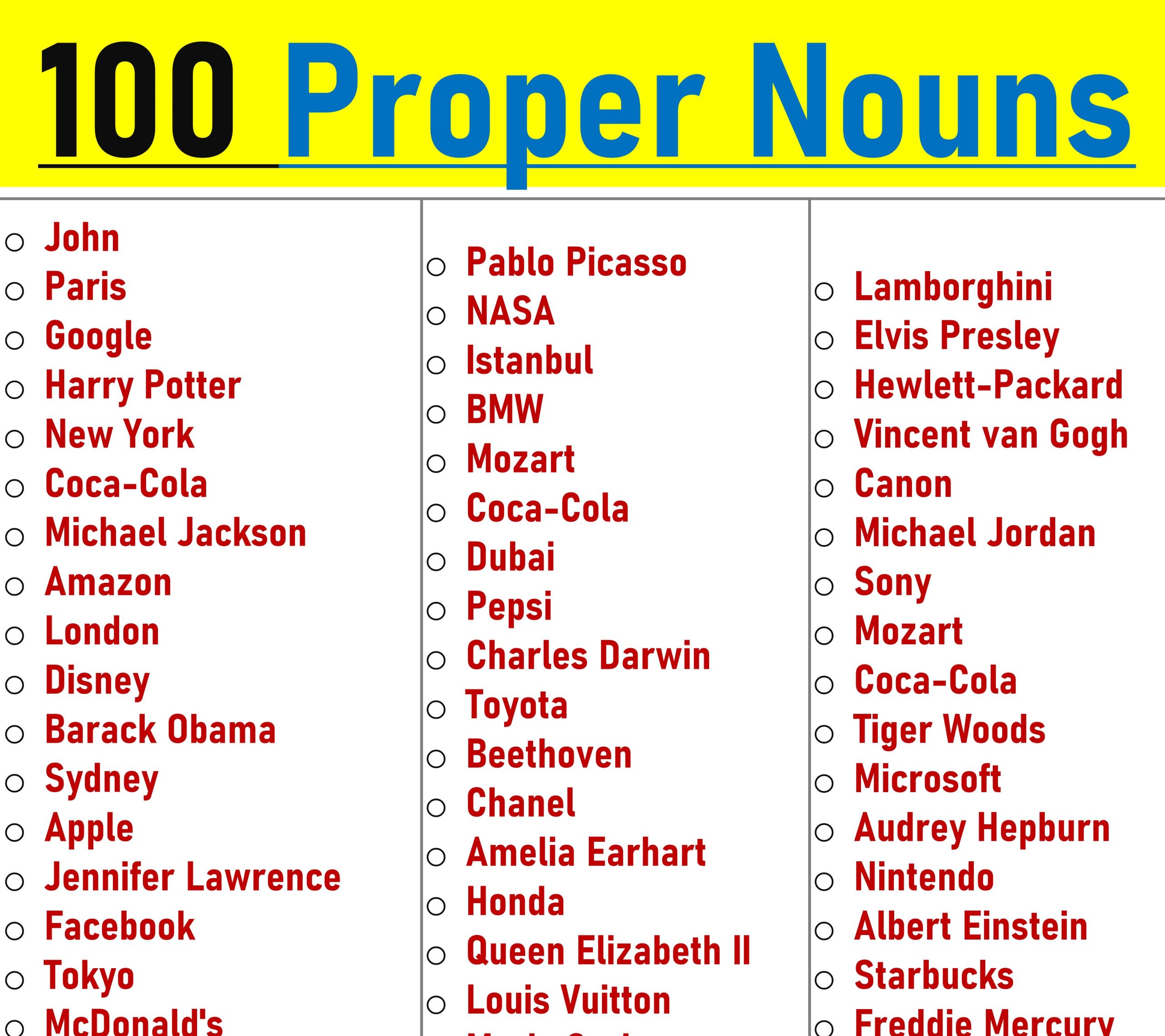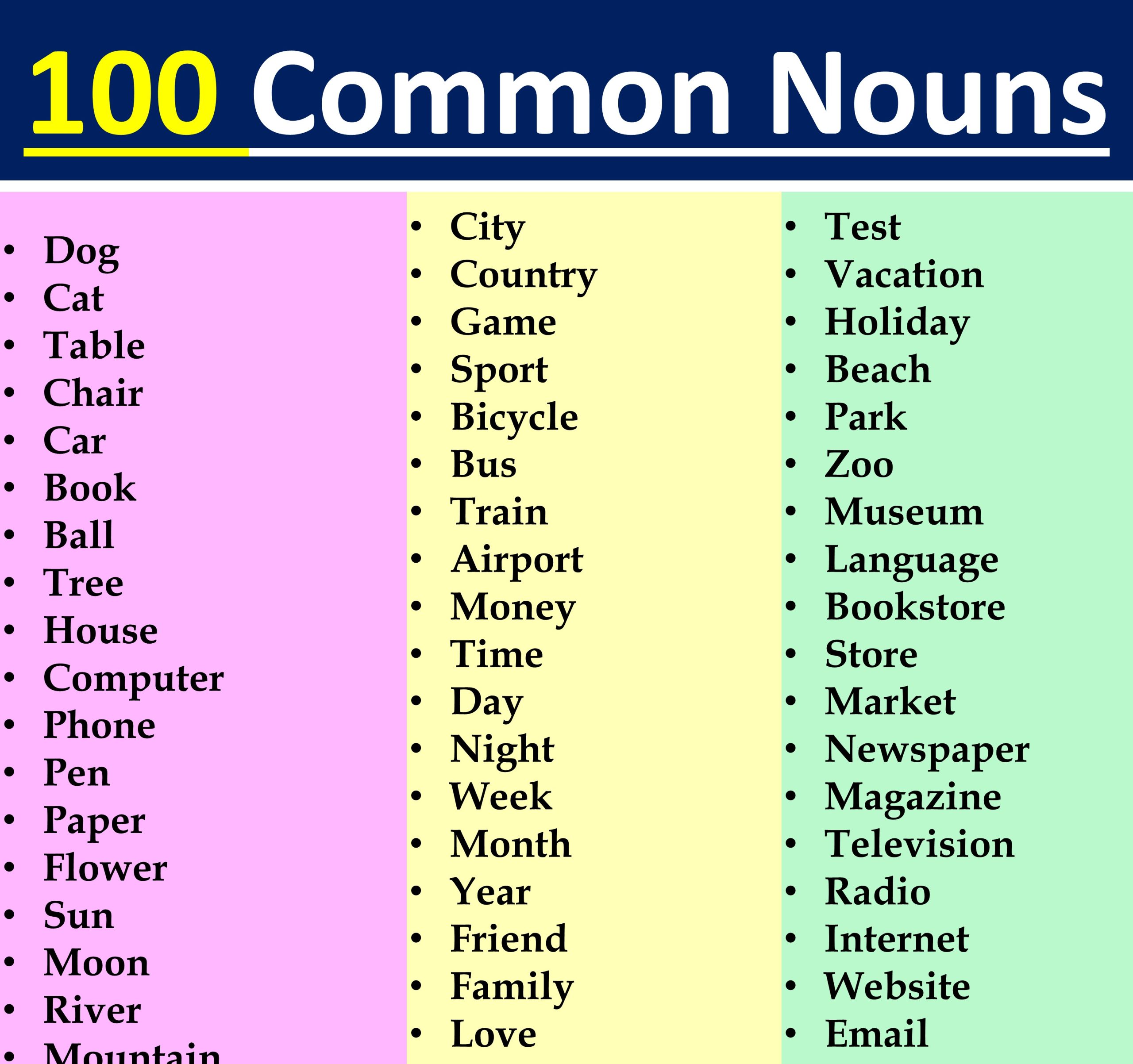Conjunctions are words that connect phrases, clauses, or sentences. They are crucial in creating more complex, meaningful statements from shorter, simpler ones. Instead of saying several short sentences, conjunctions allow us to combine them into one sentence, helping us communicate ideas more effectively.
For example, instead of saying, “I like playing. I like reading. I don’t like eating,” you could say, “I like playing and reading but not eating.” By using conjunctions, sentences become clearer and more fluid, making communication smoother.
Contents
What are Conjunctions?
Conjunctions are essential parts of speech in English grammar. They help in linking words, phrases, or clauses together. They can join two ideas that are related or contrast them. Whether it’s connecting simple words, two clauses, or entire sentences, conjunctions are key to forming complex and meaningful expressions.
For example, consider this simple sentence: “I want to go to the park, but I am tired.” The word but is a conjunction because it connects two ideas — the desire to go to the park and the feeling of being tired.
Types of Conjunctions
Conjunctions can be categorized into three main types: correlative conjunctions, coordinating conjunctions, and subordinate conjunctions. Let’s explore each type with detailed examples to understand how they work.
1. Correlative Conjunctions
Correlative conjunctions always come in pairs. These conjunctions cannot stand alone and must be used together. Some common examples include not only…but also, either…or, and neither…nor. They help to connect two balanced or equal ideas.
Not only…but also
- Ali is not only a good student but also a talented athlete.
Here, not only connects “a good student” with “a talented athlete”, showing two qualities of Ali.
Either…or
- You can either go to the mosque or stay at home.
This shows two possible choices, where the person has to select one.
Neither…nor
- Hassan is neither rich nor famous.
This indicates that Hassan does not possess either of the two qualities: wealth or fame.
2. Coordinating Conjunctions
Coordinating conjunctions are used to connect words, phrases, or clauses that are of equal importance. The most common coordinating conjunctions are for, and, nor, but, or, yet, and so. You can remember these using the acronym FANBOYS.
For
- I went to the market, for I needed some groceries.
Here, for explains the reason why the action (going to the market) was done.
And
- Amina and her brother are both excellent musicians.
The conjunction and connects the two subjects, Amina and her brother.
But
- I like swimming, but I don’t enjoy running.
But shows a contrast between swimming and running.
Or
- You can either have tea or coffee.
Or gives a choice between two options.
3. Subordinate Conjunctions
Subordinate conjunctions connect an independent clause with a dependent clause. These conjunctions show relationships like time, cause, contrast, or condition. Some common subordinate conjunctions include because, although, since, while, if, unless, and though.
Because
- I stayed home because it was raining.
The conjunction because connects the cause of staying home, which is the rain.
Although
- Although I was tired, I continued studying.
Here, although introduces a contrast between being tired and still continuing to study.
Since
- I have been learning English since 2010.
Since introduces the time when the learning began.
If
- I will go to the party if I finish my homework.
If shows the condition for attending the party.
Other Conjunctions
Some adverbs like until, before, and after also work as conjunctions in certain situations.
Until
- I will wait until you arrive.
- Until tells us when the action (waiting) will stop.
How Conjunctions Connect Sentences, Clauses, and Phrases
Conjunctions can join different elements in a sentence, such as words, clauses, phrases, and even complete sentences. Here’s how each of them works:
1. Conjunctions Joining Words
- I have a pen and pencil.
And is the conjunction here, linking two nouns — “pen” and “pencil.”
2. Conjunctions Joining Clauses
- I am reading this book, but I don’t understand it.
In this example, but connects two independent clauses: “I am reading this book” and “I don’t understand it.”
3. Conjunctions Joining Phrases
- You can visit me in the park or the library.
Here, or joins two prepositional phrases: “in the park” and “in the library.”
4. Conjunctions Joining Sentences
- I was running while it was raining.
In this case, while joins two complete sentences — “I was running” and “it was raining.”
Example Sentences with Conjunction
Common Mistakes with Conjunctions
1. Missing Conjunction Between Independent Clauses
✅ Correct: “Hassan wanted to go to the party, but he was too busy.”
❌ Incorrect: “Hassan wanted to go to the party, he was too busy.”
In the incorrect example, there is no conjunction to connect the two independent clauses. The correct conjunction here is but.
2. Missing Part of Correlative Conjunctions
✅ Correct: “I will either call you later or send you an email.”
❌ Incorrect: “I will either call you later send you an email.”
In this case, the incorrect sentence is missing the second part of the correlative conjunction or. Both parts of either…or must be used together.
3. Missing Comma After Subordinate Clause
✅ Correct: “Although it was raining, we decided to go for a walk.”
❌ Incorrect: “Although it was raining we decided to go for a walk.”
The incorrect example lacks a comma after the subordinate clause. When starting a sentence with although (or other subordinate conjunctions), a comma is often needed to separate the dependent and independent clauses.
Frequently Asked Questions
1. What is a conjunction in English?
A conjunction is a word used to connect words, phrases, or clauses. Examples include and, but, and or.
2. What are the main types of conjunctions?
The three main types are coordinating conjunctions, correlative conjunctions, and subordinate conjunctions.
3. Can conjunctions join entire sentences?
Yes, conjunctions can join entire sentences. For example, “I wanted to play, but it was raining.”
4. How do correlative conjunctions work?
Correlative conjunctions always come in pairs, such as either…or and not only…but also, and must be used together in a sentence.
5. What’s the difference between coordinating and subordinate conjunctions?
Coordinating conjunctions connect equal elements (like words or clauses), while subordinate conjunctions connect an independent clause with a dependent clause, showing a relationship like time or cause.
With these tips, you’ll be able to master conjunctions and use them effectively in your writing and speech!
You May Also Like


